Lego Serious Play is a facilitation method that was designed in ways to enhance business performance by bringing around the table key stakeholders and by facilitating the discussion and meaning sharing activities through the use of LEGO bricks, metaphors and storytelling.
LEGO® SERIOUS PLAY® is a method that allows participants to negotiate decisions and strategic and operative plans and to co-create ideas creatively, socially and interactively. Thanks to the peculiar collaborative and social dynamics enacted by the method, all participants in an LSP workshop contribute to the discussion and to the decisions. The LEGO bricks act as co-creation tool and as a communication mediator: bricks are both a media to build and express complex ideas through storytelling and metaphors, and bricks act as a mediator between participants, allowing people to overcome hierarchies and power games that often affect workshop like activities and co-creation initiatives.
LSP stems from constructionist theories developed in the ’70s by Seymour Papert, who was among the first ones to adopt LEGO bricks as a learning tool in education, capitalising on the strict relationship between hands and the brain: it is well-know that hands are connected to between 70-80% of our brain cells, which means that through the exploitation of this neural connection people can learn and think more and in more creative ways by connecting their hands with their brain and by constructing something material.
These principles have been then elaborated further in the ‘90s by two professors at the IMD in Geneve (Switzerland), prof. J. Roos and prof. B. Viktor and formalised in its current form by Robert Rasmussen, at that time the director of product development for the educational market at LEGO and ever since has been adopted in various organisational contexts.
LSP in generally used within organisational contexts to improve collaboration, brainstorm on new concepts, analyse the context, building a metaphorical model of the organisation or the problem the organisation is facing, analysing how department are connected and tests scenarios. But LSP can be effectively used also to develop new ideas and concepts where different perspectives and different needs and approaches can meet and merge, bringing to light new insights and where participants can collaboratively work together to find a win-win solution that can lead innovation.
LEGO® SERIOUS PLAY® enacts a collaborative and creative process, encouraging creative thinking and sharing of values and meanings. This allows a constructive discussion where participants negotiate and share ideas and literally build new ideas together by building individual and shared LEGO models.
In a word, LSP naturally enhances co-creation.
Co-creation is a buzz word in today’s business literature and different people means different things by the same word. There are several definitions out there and it’s not the scope of this article to dig into the definitions. For the purpose of this article, let’s take Francis Gouillart’s definition that says that “The idea of co-creation is to unleash the creative energy of many people, such that it transforms both their individual experience and the economics of the organization that enabled it.” (Francis Gouillart, 2010).
And this is what LSP naturally does: unleash the creative energy of participants and transforms it in opportunities, experiences and changes for the organisation. By building models, participants build and share inner values, latent ideas, hidden meanings that otherwise would hardly emerge. And the object that are build are stories, metaphors that offer a unique opportunity to explore values, knowledge and experiences.
Co-creation requires users and stakeholders to be involved and contribute actively and interactively to the development of a new product or service. LSP was designed to enhance innovation and business performance for organisations, but it can be effectively used for help organisations to develop new ideas and connects involving different kind of participants, as the method benefits from diversity of participants.
Co-creation is a creative, social, collaborative, interactive, goal oriented and iterative process where all participants contribute actively and create new values and meanings that become products and services, focused on the user experiences.
Because co-creation is a social, collaborative, engaging and collective experience where all participants contribute and are actively engaged in the co-creation process, co-creation is not crowd-sourcing, which is more similar to organisations’ outsourcing a problem to the crowd who is expected to submit individual ideas, with no social, interactive, creative and collaborative experience among participants.
For this reason co-creation requires smaller groups that can engage in the experience and where each participant contributes and is an acting and active part.
I have tested how powerful LSP is when it comes to co-creation during last years’ Global GovJam in Bologna. The topic of last years’ GGovJam was: Hinc Sunt Dracones and I designed and facilitated an LSP workshop to help participants to build new services. I worked with a group of 15 people with mixed backgrounds, ages and experiences: civil servants, students, researchers, local politicians…
I run a one day workshop, leading them first to reflect on what were those Dracones, those unexpected and scaring elements in the local government. Each participant build an individual model and told the story of the dragons they experienced. After they shared their stories and discussed the common and different perspectives emerging from the LEGO models, I asked participants to make a meta-story and create a landscape with their individual models. This process allowed themes to be grouped and meanings to be synthesised and arranged in a new way, letting a new story to emerge and a new shared vision of the dragons, based on individual models and meanings, materialised.
The individual models created a story, where different perspectives merged and highlighted the key areas to focus on in the next steps of the co-creation process.
The next step was to ask them to reflect on what were the solutions to overcome those dragons: all participants build their own personal answer with the bricks. And since LSP says that the solution was in the system, the last bit was to build a shared LEGO model of the solution starting from their individual solution.
This started a constructive negotiation process where people shared stories and explored each others’ LEGO models, high lightening the values and contributions of all participants that were then incorporated into a shared model of the solution that participants were asked to build.
This was a simple co-creation experience where all participants contributed to and found the answers and solutions from the system they have build individually and collectively.
The whole experience resulted in a debate between citizens and civic servant reflecting collectively, collaboratively, and socially on what could be improved in the public administration and resulted in 2 proposals.
Such a constructive approach can be extremely beneficial today, given the importance co-creation has been recognised and organisations’ need to actively involve customers to understand their needs and values and to develop services and products that provide unique user experiences. As a method that has been used by leading organisations such as NASA, Fujitsu… LSP naturally lends itself to co-creation and open up new opportunities to engage customers and stakeholders in a social and creative activity where both parts, users, designers, stakeholders, can learn, present their point of view, share ideas and build the next win-win solution and experience.
From: Legoviews Post
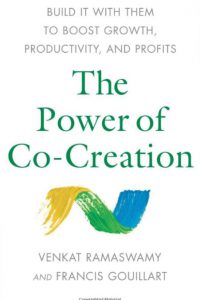
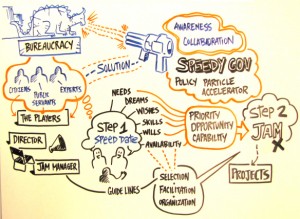
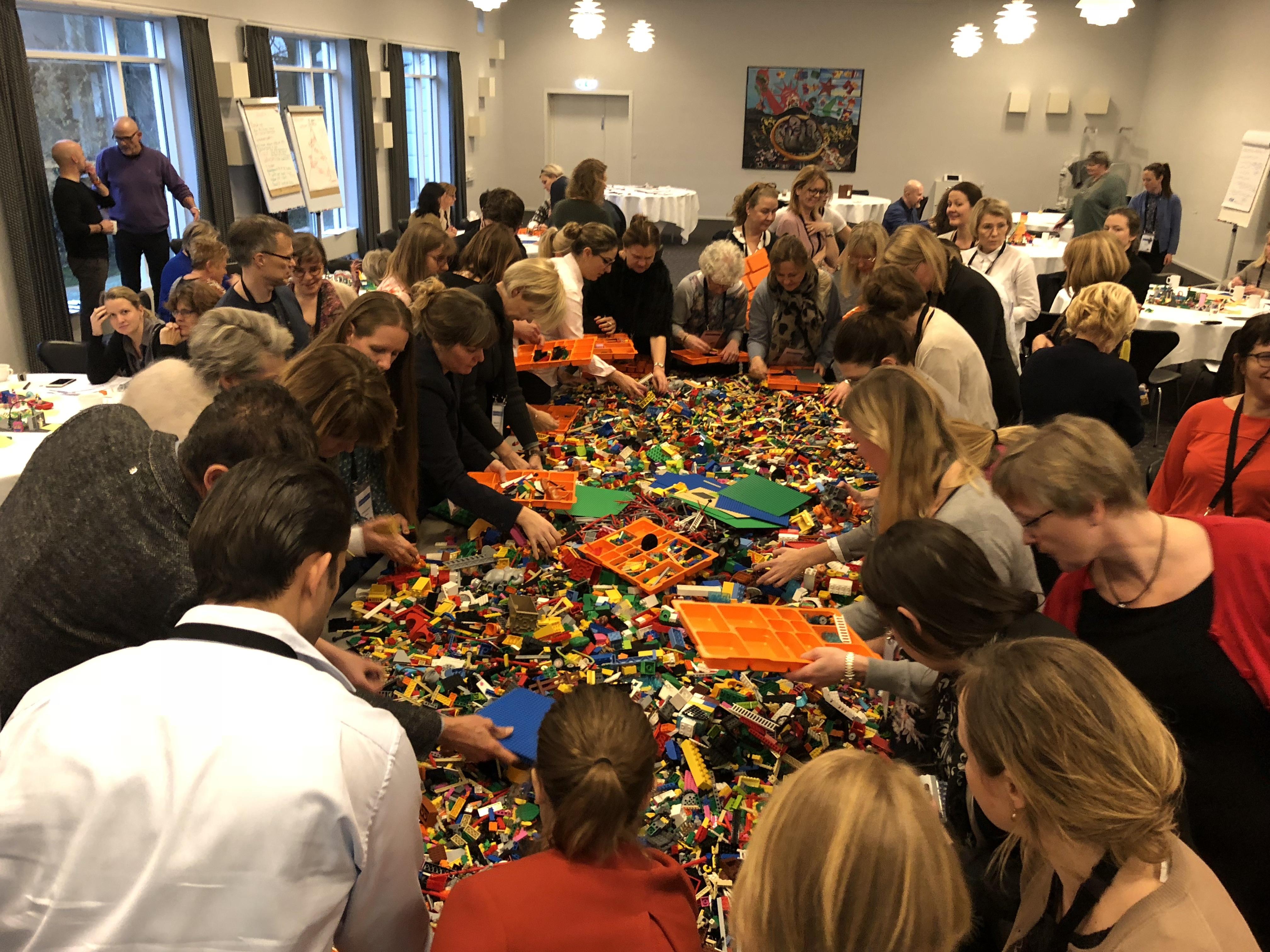

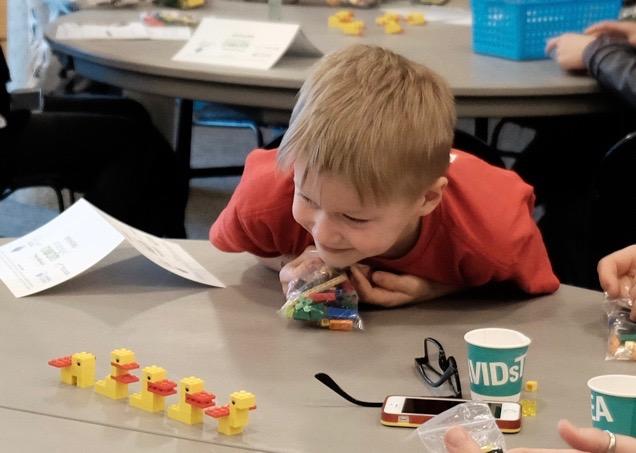
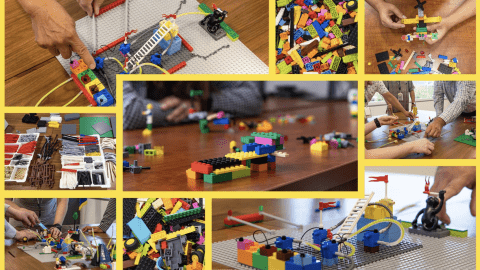
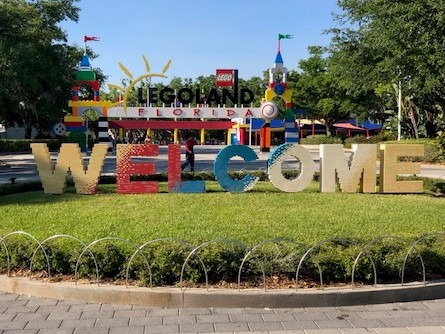
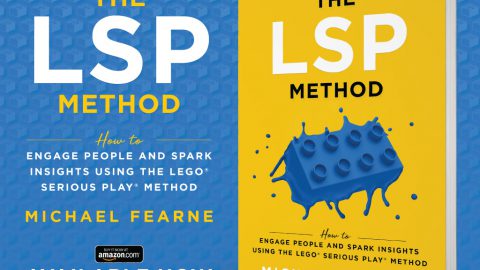

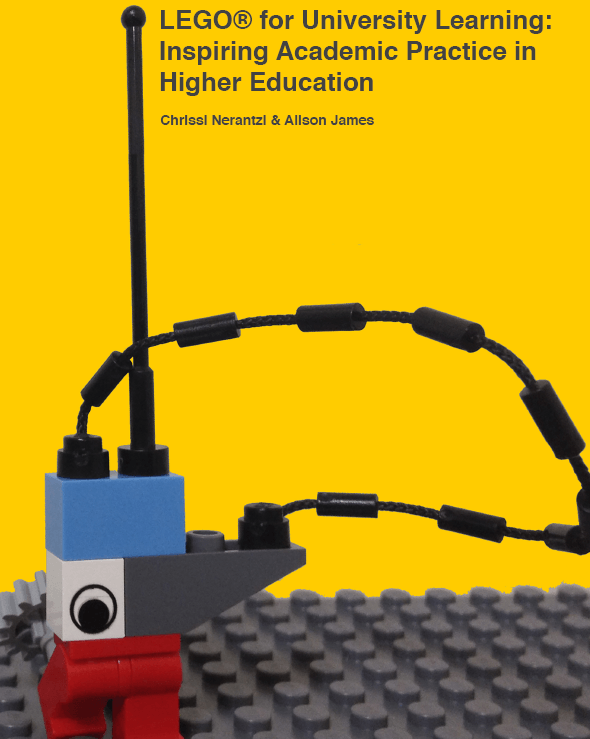

 Become a LEGO Serious Play facilitator - check one of the upcoming training events!
Become a LEGO Serious Play facilitator - check one of the upcoming training events!